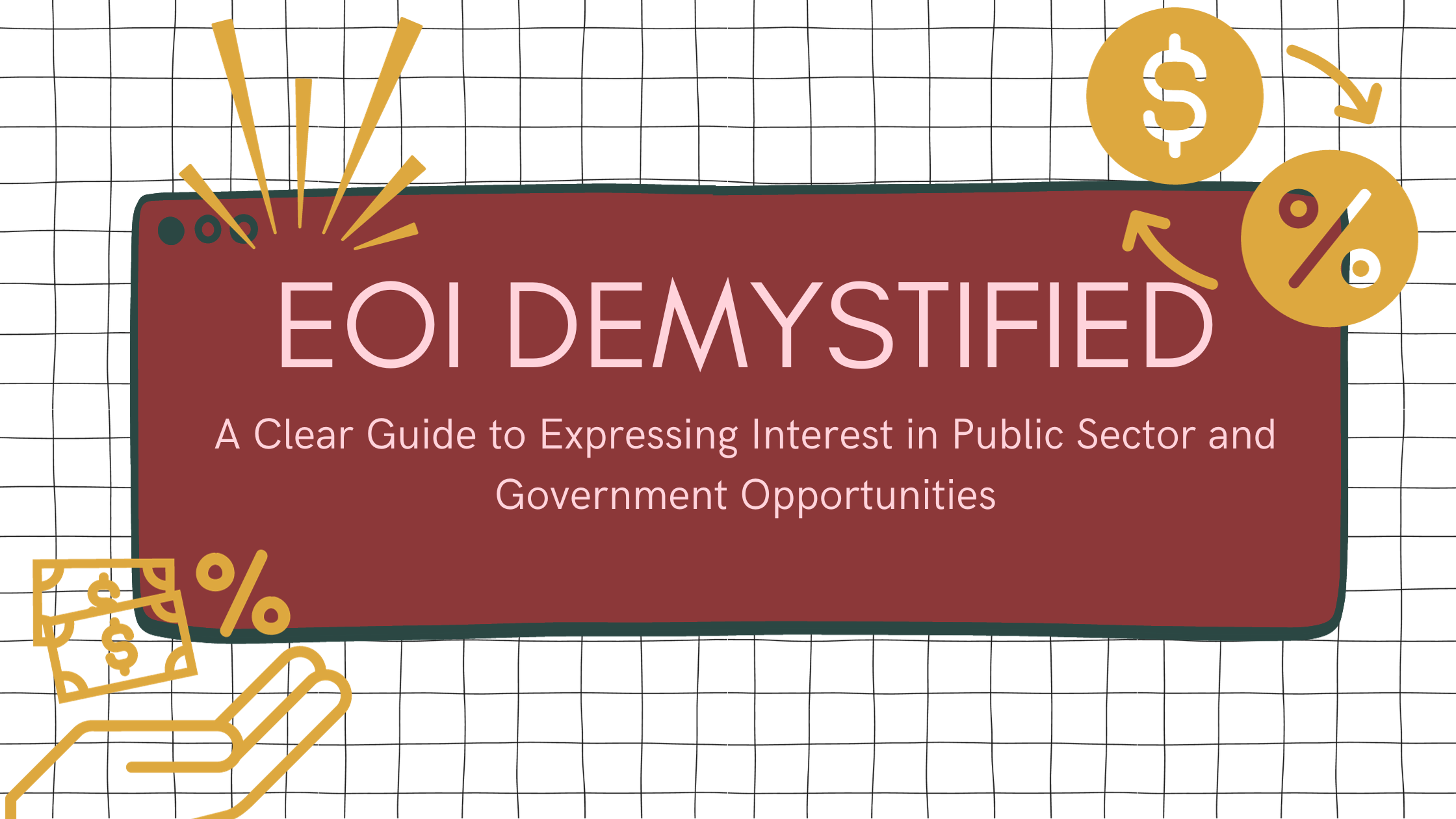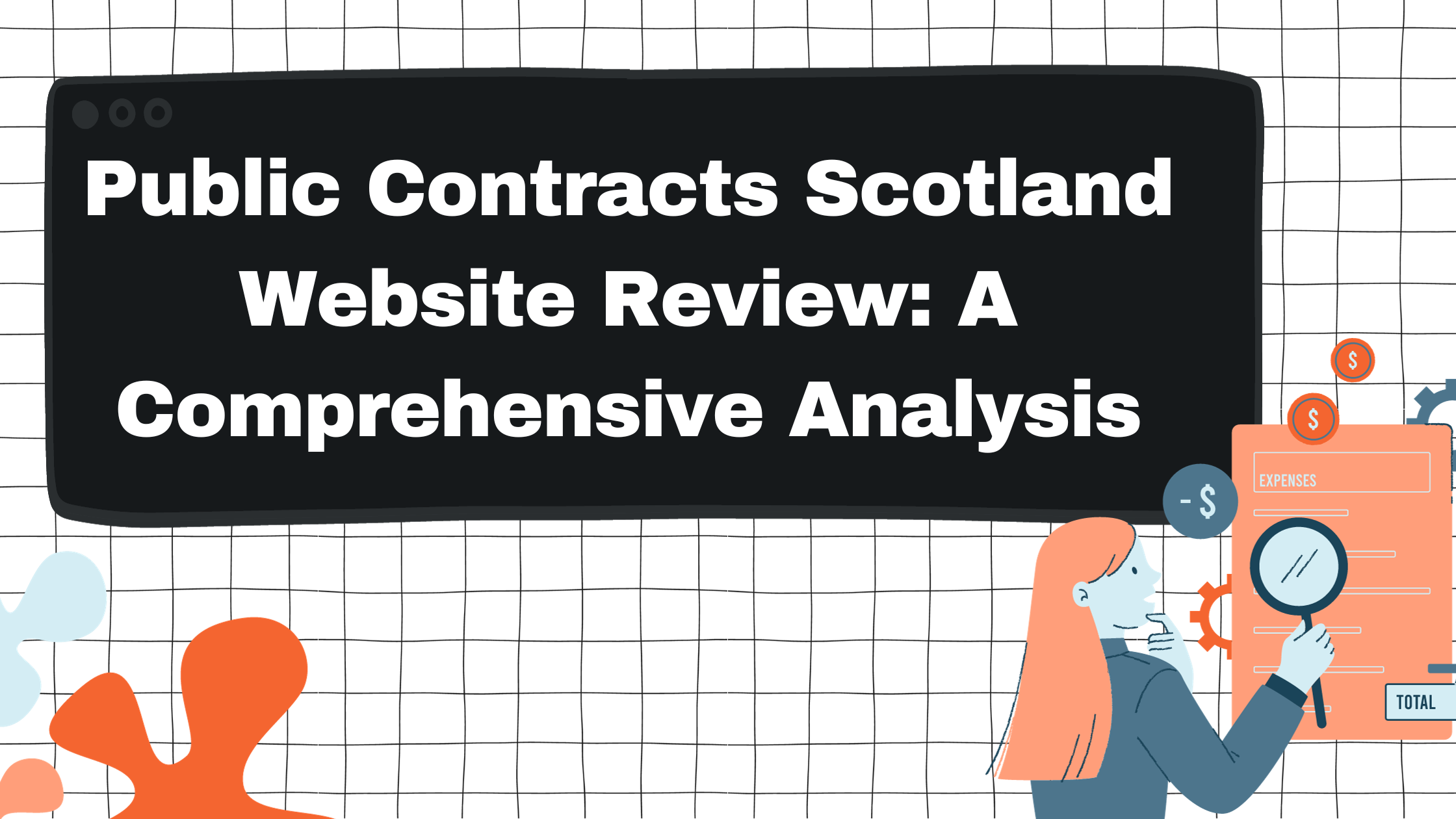Maximize Success with Professional Proposal Writing Services and RFP Writing at RFPverse.com

Need Help with Your Bid?
Get in touch by filling out the form and one of our advisors will be in contact.
Contact Us
Managing employee benefits can be tricky, but it's a crucial part of keeping employees happy and productive. With the right strategies, we can make the process smoother and more effective. Choosing the right benefits and communicating them clearly can greatly enhance employee satisfaction and retention. This not only helps in keeping the current staff happy but also attracts new talent.

One key aspect is understanding what benefits your employees value most. This can involve a mix of monetary and non-monetary perks. Streamlining benefits administration using the latest software solutions can save time and reduce errors. It's also important to keep up with legal requirements and adapt your benefits package accordingly.
Effective communication of benefits is another vital part of the process. Employees should be fully aware of what is available to them and how to make the most of their benefits. Best practices in benefits communication can boost engagement and ensure that employees feel valued and supported.
Key Takeaways
- Effective benefits packages enhance employee satisfaction and retention.
- Streamlining administration with software saves time and reduces errors.
- Clear communication of benefits boosts employee engagement.
Understanding Benefits Administration
Our role in benefits administration involves many aspects like complying with regulations, managing diverse benefit plans, and using technology to streamline processes.
The Role of a Benefits Administrator
A benefits administrator handles the daily management of employee benefits programs. This includes health insurance, retirement accounts, and paid time off. We work within the human resources (HR) department to ensure employees understand their benefits. We also make sure benefits are competitive to attract and retain top talent. Our duties often involve communicating benefit changes, answering employee questions, and working with benefits administration software to manage data efficiently.
Importance of Compliance and Regulations
Compliance with government regulations is crucial in benefits administration. We must follow laws such as the Affordable Care Act (ACA) and the Employee Retirement Income Security Act (ERISA). Ensuring compliance prevents legal issues and fines. Staying updated on changing laws is vital. We need to make sure that our health, dental, and vision plans are in line with current regulations. This often requires collaborating with legal experts and continuously training our team on new compliance requirements.
Leveraging Technology for Benefits Management
Using technology improves the efficiency of benefits management. Benefits administration software simplifies tasks like enrolling employees in health insurance and managing retirement accounts. Electronic Data Interchange (EDI) streamlines communication between us and insurance providers. Technology helps us track employee benefits, make data-driven decisions, and provide a better experience for our workforce. Investing in the right technology can save time, reduce errors, and ensure accurate reporting.
Designing an Effective Benefits Package
Creating a comprehensive benefits package requires careful consideration of employee needs, diversity, financial security, and wellness programs.
Aligning Benefits with Employee Needs
We must tailor our benefits package to match the diverse needs of our employees. For instance, younger employees might appreciate student loan assistance, while older employees often prioritize retirement plans. Flexible spending accounts (FSAs) and health savings accounts (HSAs) can appeal to employees of various demographics, allowing them to save on healthcare costs. Moreover, offering paid time off (PTO) and flexible work schedules helps employees balance their personal and professional lives, reducing stress and increasing job satisfaction. Understanding and addressing the specific needs of our workforce can improve retention and workplace morale.
Incorporating Diversity in Benefit Offerings
We must ensure our benefits package promotes inclusivity and diversity. Diverse benefits cater to different life stages, family situations, and personal interests. For example, we could offer parental leave, adoption assistance, and eldercare support to meet the varied family needs of our employees. Additionally, providing robust wellness programs that include mental health support can make employees feel valued. A diverse benefits package not only demonstrates our commitment to inclusivity but also attracts a wider talent pool.
Financial Benefits: Retirement Plans and Insurance
Financial security is a top concern for many employees. Offering comprehensive financial benefits can provide stability and peace of mind. Retirement plans such as 401(k)s with employer matching can help employees save for the future. Additionally, offering life insurance and disability insurance can protect employees and their families in unforeseen circumstances. Including options like dental insurance and vision insurance ensures employees have access to essential healthcare services. These financial benefits enhance the overall attractiveness of our benefits package.
Health and Wellness Programs
Prioritizing health and wellness is crucial for employee productivity and satisfaction. Implementing comprehensive health and wellness programs, including health insurance with extensive coverage, encourages employees to take care of their physical health. Offering services like fitness memberships, mental health resources, and regular wellness challenges can foster a healthier work environment. Additionally, integrating wellness programs with our flexible spending accounts allows employees to manage their healthcare expenses more effectively. Health and wellness programs are essential components of an effective benefits package, promoting a balanced and healthy lifestyle for our employees.
Streamlining Benefits Administration with Software Solutions
Streamlining benefits administration can be achieved by selecting the right software, effectively integrating it with existing HR tools, and utilizing analytics for informed decision-making.
Choosing the Right Benefits Administration Software
When choosing benefits administration software, we must consider our specific needs. Key features to look for include automation, compliance with regulations, and employee self-service options.
The software should simplify tasks like enrollment and benefits tracking. Options with AI-powered analytics can help us identify trends and make better decisions. Additionally, ensure the software provides comprehensive support and regular updates to keep up with regulatory changes.
Comparing reviews and trial versions can also guide us in making an informed choice.
Integrating HR Software with Benefits Administration
Seamless integration between HR software and benefits administration tools is crucial. Integration ensures that all employee data is centralized, making it easier to manage and access.
We should look for compatibility with our existing HR software and payroll systems. APIs and third-party connectors can facilitate this integration. Connecting these systems allows real-time data updates, reducing errors in benefits management.
Effective communication between departments is essential during this process. Involving our IT and HR teams helps ensure smooth integration and ongoing support.
Analyzing Benefits Usage and Feedback
Using analytics tools, we can track benefits utilization and gather employee feedback. Regular reports on how employees use their benefits can reveal valuable insights.
Analytics can help us identify underutilized benefits and inform potential changes to our offerings. Employee feedback, collected through surveys or integrated software features, can highlight satisfaction levels and areas for improvement.
Reviewing this data periodically helps us adjust our benefits programs to better meet employee needs, ultimately improving overall satisfaction and retention.
Best Practices for Benefits Communication and Engagement

Effective communication and engagement are crucial for the success of any employee benefits program. Using clear strategies, fostering engagement, and incorporating feedback loops can enhance employee satisfaction and overall program effectiveness.
Effective Communication Strategies
Communicating benefits effectively is key. We need to consider various methods and tools to ensure our message reaches everyone. Using multiple channels like emails, internal portals, and even social media can help.
We should segment our audience based on demographics and preferences. Surveys and focus groups can assist in understanding what works best. Tailored messaging that speaks directly to different employee groups can have a significant impact.
Additionally, creating personas based on our employee data can help us frame our communication in a way that resonates better.
Fostering Employee Engagement with Benefits
Engaging employees with their benefits is essential. One effective method is offering regular information sessions and workshops. This can be especially beneficial for new hires or during open enrollment periods.
Offering resources for professional development can also increase engagement. When employees see that their benefits support their growth, they feel more valued.
An open-door policy within HR encourages employees to ask questions and express concerns. This approach ensures transparency and builds trust, leading to higher employee satisfaction.
Utilizing Feedback Loops for Continuous Improvement
Feedback is vital for continuous improvement. Periodically surveying employees about their satisfaction with benefits helps us identify areas for enhancement. Analyzing this data enables us to make informed decisions and adjustments.
Another valuable feedback tool is running focus groups. These can provide more in-depth insights and help us understand the nuances behind survey responses.
Regularly meeting with benefits providers and managers ensures that we stay informed about the latest offerings and best practices. This helps us refine our strategy and keeps our employee benefits program relevant and effective.
Frequently Asked Questions

Effectively managing employee benefits programs involves strategic planning, attention to detail, and the use of modern technologies.
How can employers effectively manage their employee benefits programs?
Employers can effectively manage their employee benefits programs by seeking input from employees and ensuring that the offered benefits align with their needs. Proper planning and preparation are crucial for achieving employee satisfaction and operational success. More information can be found here.
What strategies can improve benefits plan administration?
Utilizing clear and intuitive benefits communication tools can significantly enhance engagement. Another effective strategy is simplifying employee benefit choices to streamline the HR processes. Tools that empower efficient, hassle-free enrollment with user-friendly platforms are also beneficial. Read more about this here.
What are the essential responsibilities of a benefits administrator?
A benefits administrator is responsible for the strategy, processing, and management of employee benefits. This includes handling common social contributions, insurance like health and disability, paid time-off, and other fringe benefits. Some benefits are mandatory while others are optional. Discover more here.
What tools and technologies are commonly used in benefits administration?
Commonly used tools in benefits administration include user-friendly platforms for enrollment, communication tools for effective employee engagement, and systems that simplify benefit choices while optimizing HR efficiency. These tools ensure smooth and efficient benefits management processes. More details are available here.
What key factors should be considered when choosing benefits administration services?
When choosing benefits administration services, consider factors like the comprehensiveness of the services offered, ease of use, and the ability to integrate with existing HR systems. It's also important to look at flexibility in adapting to your company’s specific needs. Learn more here.
How can organizations ensure compliance in their benefits administration?
Organizations can ensure compliance by keeping up-to-date with current laws and regulations related to employee benefits. Regular training and informing workers about their benefits and any changes in the regulations are also essential. Compliance also involves proper management of relevant processes, paperwork, and invoicing. Read further information here.
Ready to start your search?
Get in touch by filling out the form to the right and one of our advisors will curate a personalised selection for you.
Get in touchBlogs. Guides. Helpful advice.

Mastering Proposal and RFP Writing for Government and Public Sector Opportunities

Proposal and RFP Writing Services: Enhancing Public Sector Tender Outcomes

.svg)